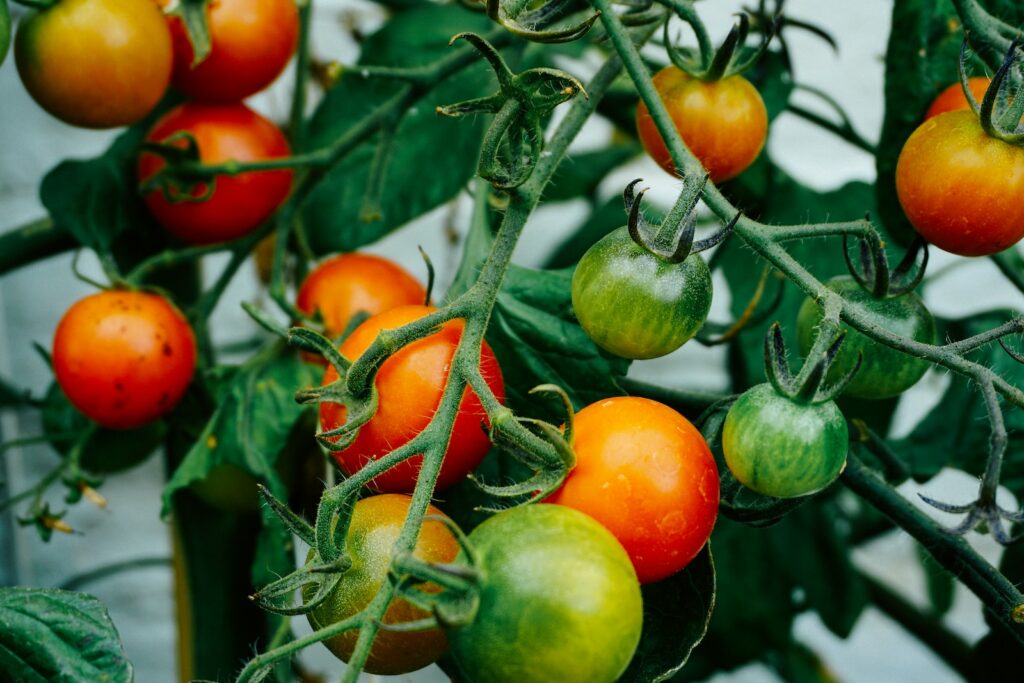
Tomatoes are a popular fruit to grow in home gardens, but many gardeners struggle with determining whether or not their tomato flowers have been successfully pollinated. Pollination is essential for the development of fruit, so it’s important to know how to tell if your tomato flowers have been pollinated.
One way to tell if a tomato flower has been pollinated is by observing the flower itself. Pollinated flowers will begin to wilt and fall off the plant, while unpollinated flowers will remain on the plant. Another way to tell if a tomato flower has been pollinated is by looking at the base of the flower. If a small green tomato begins to form at the base of the flower, then the flower has been successfully pollinated.
Successfully pollinating tomato flowers can be a challenge for many gardeners, but with a little knowledge and observation, it’s possible to determine whether or not your tomato flowers have been pollinated. By understanding the signs of successful pollination, gardeners can ensure a bountiful harvest of delicious tomatoes.
Table of Contents
Understanding Tomato Plant Pollination
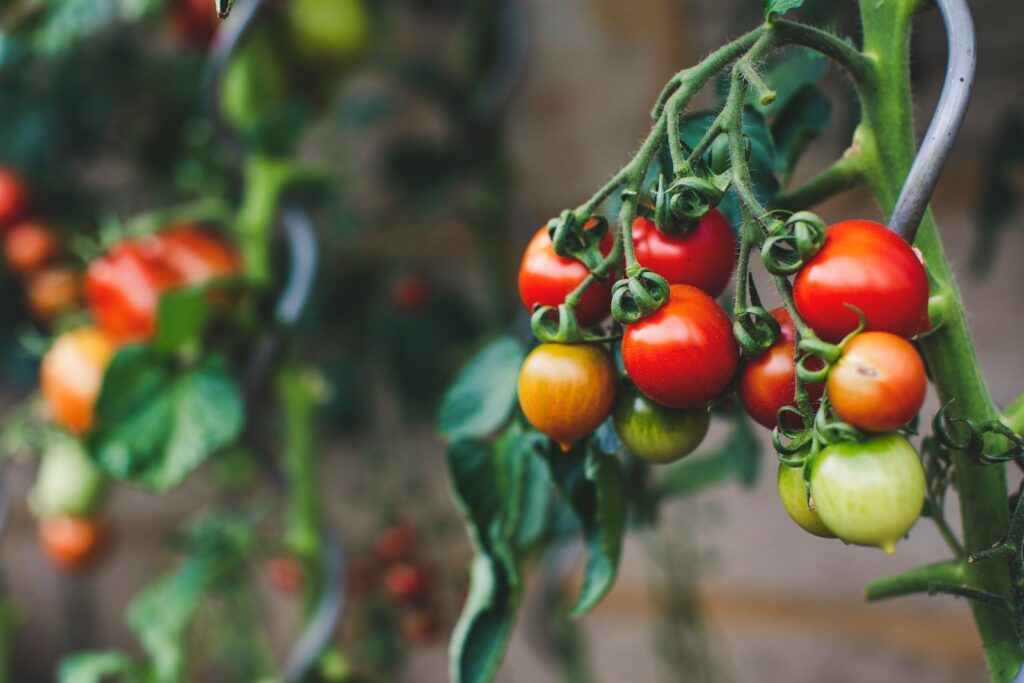
Tomatoes are self-pollinating plants, which means that they have both male and female reproductive organs in a single flower. However, sometimes the pollination process may not occur, leading to a lack of fruit development.
When a tomato plant flowers, it produces both male and female flowers. The male flowers typically appear first and are distinguished by a slender stem and a stamen, which is the reproductive organ that produces pollen. On the other hand, female flowers have a thicker stem and a small, bulbous ovary at the base of the flower. The ovary contains the ovules, which will eventually develop into seeds if pollination is successful.
Pollination occurs when the pollen from the stamen of the male flower is transferred to the stigma of the female flower. This can happen in a number of ways, including wind, insects, or even shaking the plant. Once the pollen reaches the stigma, it travels down the style and fertilizes the ovules in the ovary, resulting in the development of the fruit.
It is important to note that not all flowers on a tomato plant will develop into fruit. Only the female flowers have the potential to produce fruit, and they must be pollinated in order to do so. If a tomato plant is not pollinated, the flowers will eventually wither and fall off without producing any fruit.
In some cases, a tomato plant may produce an abundance of male flowers but few female flowers. This can be due to a lack of nutrients or stress on the plant. To encourage the production of more female flowers, it is important to provide the plant with adequate nutrients and water, as well as ensuring that it is not under stress.
In conclusion, understanding the pollination process of tomato plants is crucial for ensuring a successful harvest. By identifying the different parts of the tomato flower and how they work together, gardeners can take steps to encourage pollination and maximize fruit production.
Signs of Tomato Flower Pollination
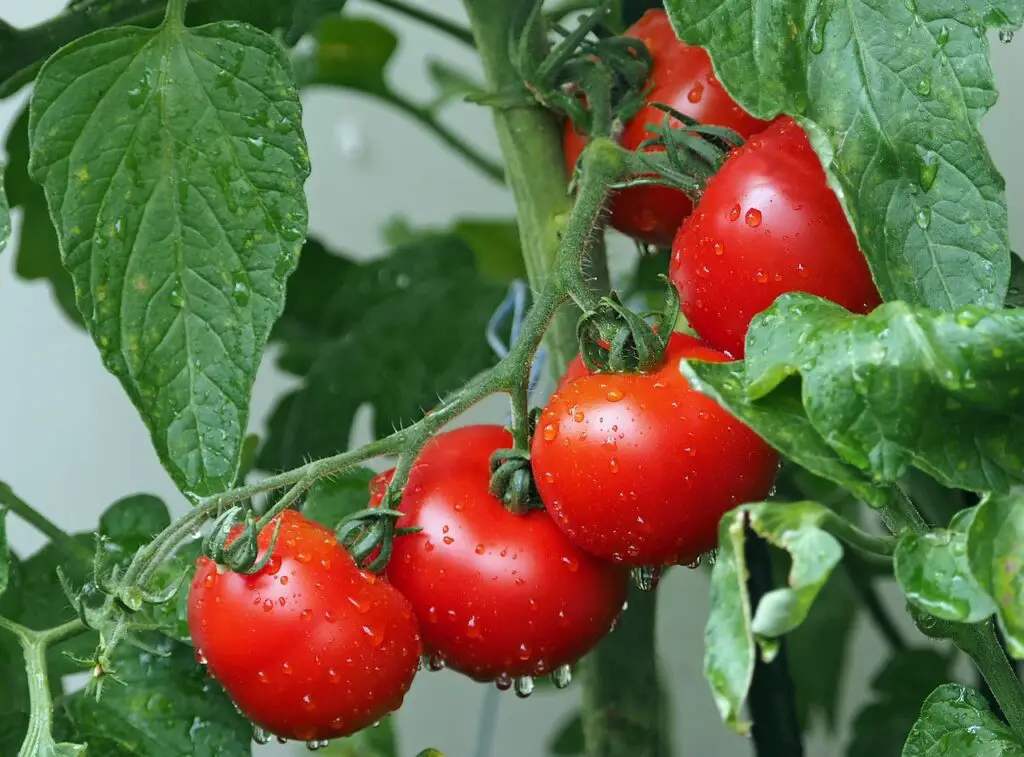
Tomatoes are one of the most popular vegetables grown in home gardens. Tomato flowers are pollinated by wind, insects, or by hand. If tomato flowers are not pollinated, they will not produce fruit. Here are some signs to look for to determine if a tomato flower has been pollinated:
- Green color changes to yellow: When a tomato flower is pollinated, the base of the flower will start to turn yellow. This indicates that the flower has been fertilized and that fruit will soon begin to form.
- Bloom wilts and falls off: After a tomato flower has been pollinated, the bloom will wilt and fall off the stem. This is a sign that the flower has been successfully pollinated and that fruit will soon begin to form.
- Stem begins to thicken: As the fruit begins to develop, the stem of the tomato plant will begin to thicken. This is a sign that the pollinated tomato flower is developing into a fruit.
- Fruit set: Once the tomato flower has been pollinated, the fruit will begin to set. This means that the fruit will start to grow and develop into a mature tomato.
It is important to note that not all tomato flowers will be successfully pollinated. If a tomato flower is not pollinated, it will eventually wilt and fall off the stem. To ensure that tomato flowers are pollinated, gardeners can use a paintbrush to transfer pollen from one flower to another. This method is particularly useful in areas where there are few pollinators.
In conclusion, there are several signs to look for to determine if a tomato flower has been pollinated. By monitoring these signs, gardeners can ensure that their tomato plants are healthy and producing fruit.
Role of Insects and Wind in Pollination
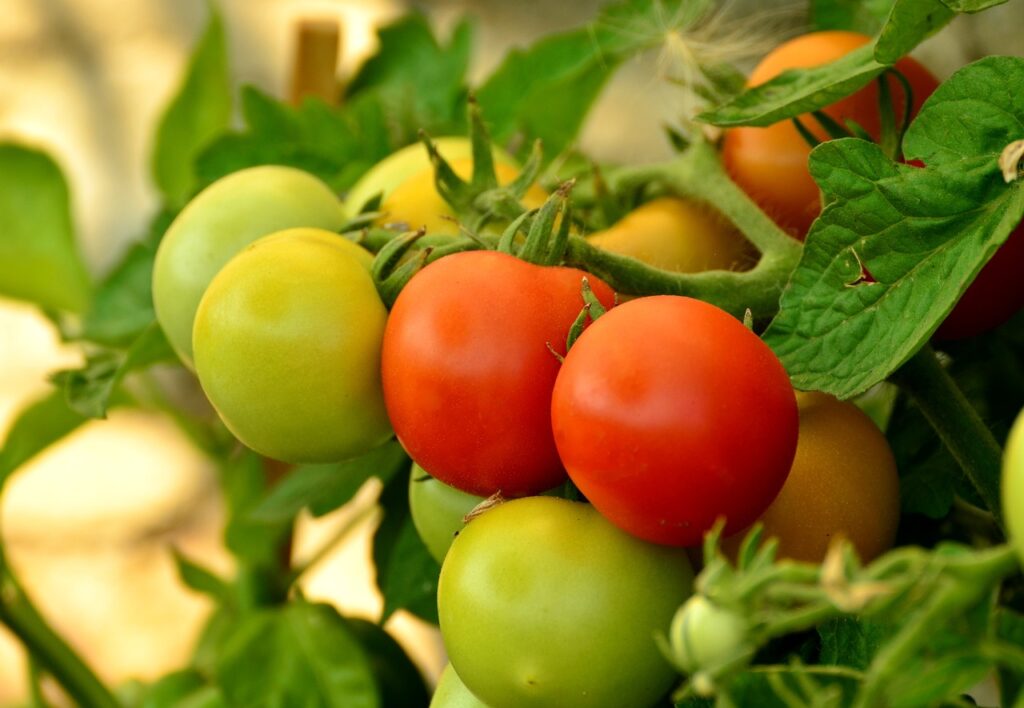
Pollination is the process by which pollen from the male part of the flower (anther) is transferred to the female part of the flower (stigma) to fertilize the ovules. This process is essential for the production of fruits and seeds in plants. While some plants are self-pollinating, others require external agents such as insects or wind to transfer pollen between flowers.
Insects as Pollinators
Insects are the most common pollinators of flowers, and bees are among the most important pollinating insects. Bees are attracted to flowers by their colors, shapes, and fragrances. As they collect nectar and pollen from flowers, they inadvertently transfer pollen from the anthers to the stigma of other flowers. Other pollinating insects include butterflies, flies, wasps, and beetles.
To attract pollinators to their flowers, plants have evolved various adaptations such as bright colors, sweet fragrances, and nectar guides (patterns on the petals that guide insects to the nectar). Some plants also produce extrafloral nectaries (nectar-producing glands) on their leaves or stems to attract ants, which in turn protect the plant from herbivores.
Wind Pollination
Some plants, such as grasses, trees, and many agricultural crops, rely on wind to transfer pollen between flowers. These plants produce large quantities of lightweight, small, and dry pollen that can be carried by the wind over long distances. Wind-pollinated flowers are usually small, inconspicuous, and lack bright colors or fragrances.
However, wind pollination is less efficient than insect pollination, as most of the pollen is lost to the environment and does not reach the intended flowers. Therefore, wind-pollinated plants usually produce a large number of flowers to increase the chances of successful pollination.
Buzz Pollination
Some plants, such as tomatoes, peppers, and blueberries, require a special type of pollination called buzz pollination. Buzz pollination is a process where the anthers of the flower release pollen when vibrated at a certain frequency. This vibration is usually caused by bees, which grab onto the flower and vibrate their wings rapidly to release the pollen. Other insects or wind cannot perform buzz pollination, which makes bees essential for the pollination of these plants.
In conclusion, insects and wind play a crucial role in the pollination of flowers. Plants have evolved various adaptations to attract pollinators and ensure successful pollination. Understanding the role of pollinators is essential for the conservation of biodiversity and the production of crops.
Influence of Environmental Factors
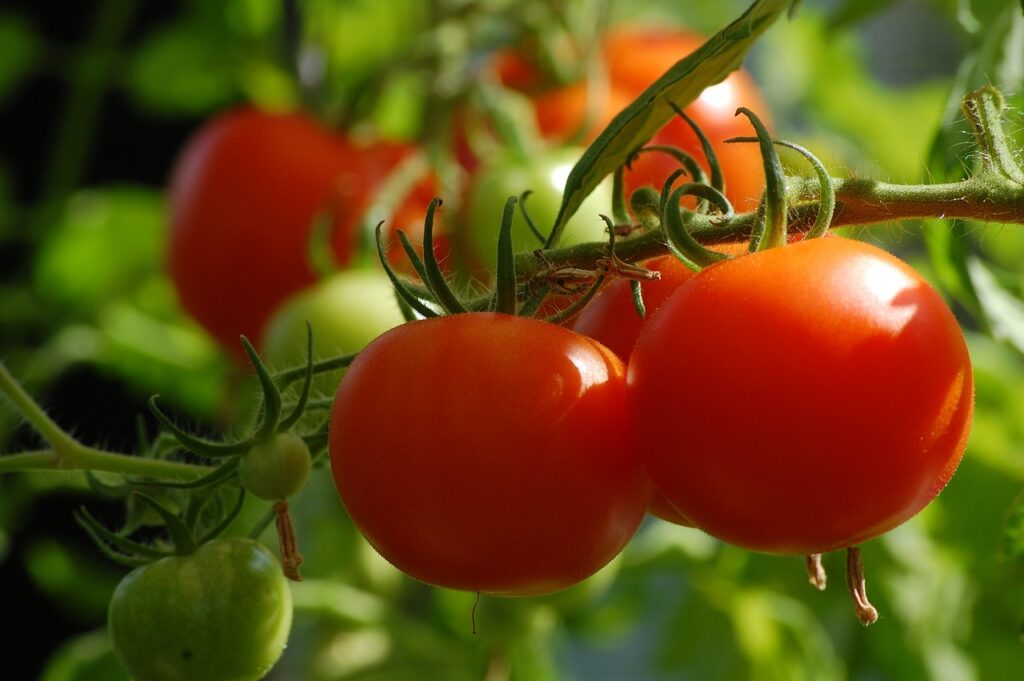
Tomato plants require specific environmental conditions to produce healthy and flavorful fruits. The following factors can influence the pollination of tomato flowers:
Garden Environment
The garden environment can affect the pollination of tomato flowers. If the garden is located in an area with high winds, the pollen may not be able to reach the stigma of the flower. Similarly, if the garden is located in an area with high humidity, the pollen may become sticky and clump together, making it difficult for the pollen to reach the stigma.
Weather and Temperatures
Weather conditions and temperatures can also affect the pollination of tomato flowers. If the weather is too cold, the pollen may not be able to germinate and fertilize the ovules. If the weather is too hot, the pollen may become too dry and unable to stick to the stigma.
Soil
The soil in which the tomato plant is grown can also affect pollination. If the soil is too compact, the roots may not be able to absorb enough water and nutrients, which can lead to poor flower development and low fruit yields.
Shade
Tomato plants require a certain amount of sunlight to produce healthy flowers. If the plant is grown in an area with too much shade, the flowers may not develop properly, leading to poor pollination and low fruit yields.
High Temperatures
High temperatures can also affect the pollination of tomato flowers. If the temperature is too high, the pollen may become too dry and unable to stick to the stigma. Similarly, if the temperature is too low, the pollen may not be able to germinate and fertilize the ovules.
Environmental Factors
Other environmental factors, such as wind, rain, and pests, can also affect the pollination of tomato flowers. Wind can blow the pollen away from the flower, while rain can wash away the pollen. Pests, such as bees and other pollinators, can help to pollinate the flowers, but they can also damage the flowers, leading to poor pollination and low fruit yields.
Hand Pollination Techniques
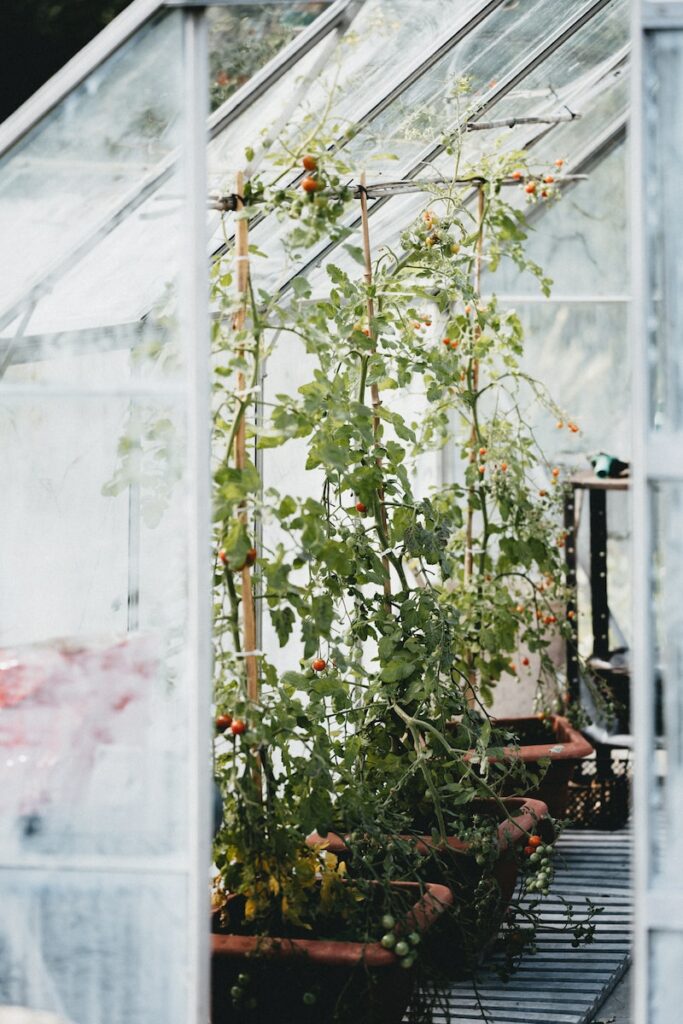
Hand pollination is the process of manually transferring pollen from the stamen to the pistil of a tomato flower. This technique is useful when there are not enough pollinators around or if the weather conditions are not favorable for pollination. Here are a few hand pollination techniques that can be used to pollinate tomato flowers:
- Shake: Gently shake the tomato plant to release the pollen from the stamen onto the pistil. This method is effective but can damage the plant.
- Toothbrush: Use a soft-bristled toothbrush to transfer pollen from the stamen to the pistil. Gently brush the inside of the flower to ensure that the pollen is transferred.
- Cotton swab: Dip a cotton swab into the flower and transfer the pollen to the pistil. This method is effective but requires more time and effort.
- Hand pollination: Use your fingers to transfer the pollen from the stamen to the pistil. This method is effective but can be messy.
- Make-up brush: Use a clean make-up brush to transfer pollen from the stamen to the pistil. This method is effective and gentle on the plant.
- Blossom set spray: A blossom set spray contains a hormone called kinetin that can help promote pollination. Spray the solution onto the flowers to help them set fruit.
- Tomato blossom set spray: This is a specific type of blossom set spray that is designed for tomato plants. Follow the instructions on the label for best results.
- Kinetin: Kinetin is a hormone that can be used to promote pollination. Dilute the solution according to the instructions and spray it onto the flowers.
- Air pollinator: An air pollinator uses a small fan to create air movement that can help release the pollen from the stamen. This method is effective but requires a specialized tool.
Overall, hand pollination techniques can be useful for ensuring that tomato flowers are pollinated. Choose a method that works best for your situation and follow the instructions carefully for best results.
Growing Conditions for Successful Pollination
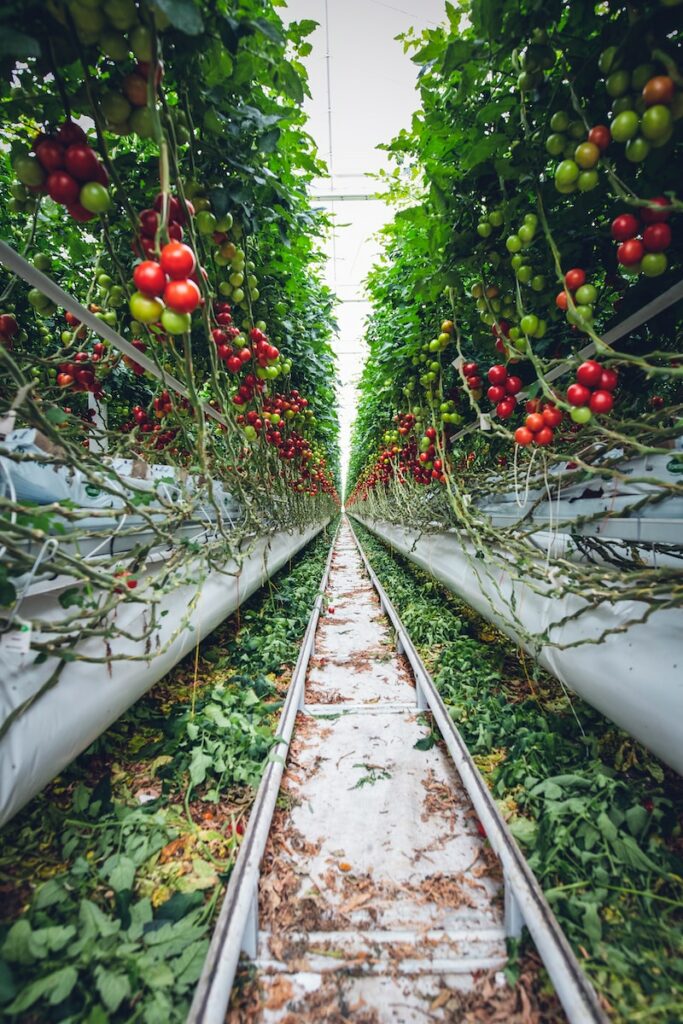
Tomatoes are self-pollinating plants, which means that they can pollinate themselves. However, they still need the right growing conditions to ensure successful pollination and fruit set.
Temperature
Tomato plants thrive in warm weather, and temperatures between 70°F to 80°F are ideal for pollination. Temperatures that are too high or too low can cause the flowers to drop, reducing the chances of pollination.
Water and Nutrients
Tomato plants require adequate water and nutrients to produce healthy flowers and fruits. Consistent watering and fertilization are essential for plant health and successful pollination.
Variety
Different tomato varieties have different pollination requirements. Some varieties are self-pollinating, while others require cross-pollination from other plants. It is important to choose a variety that is suitable for the growing conditions and pollination process.
Growing Tomatoes in a Greenhouse or Container
Growing tomatoes in a greenhouse or container can be a year-round and versatile option. However, it is important to ensure that the growing conditions are suitable for pollination. In a greenhouse, it may be necessary to manually pollinate the flowers using a small brush or shake the plants gently to encourage pollination. In containers, it is important to ensure that the plants have adequate space, nutrients, and water.
Homegrown Tomatoes
Homegrown tomatoes are a popular choice for many gardeners. To ensure successful pollination, it is important to provide the plants with the right growing conditions. This includes adequate water, nutrients, and sunlight. It is also important to choose a variety that is suitable for the growing conditions and pollination process.
In conclusion, providing the right growing conditions is essential for successful pollination in tomato plants. By ensuring that the plants have adequate water, nutrients, and temperature, gardeners can increase the chances of fruit set and a bountiful harvest.
Post-Pollination Care and Harvesting

Once tomato flowers have been successfully pollinated, it’s important to take proper care of the plant to ensure a bountiful harvest. Here are some tips for post-pollination care and harvesting:
- Harvesting: Tomatoes are typically ready to harvest when they are fully ripe, which can be determined by their color, firmness, and flavor. Ripe tomatoes will be bright red (or yellow, depending on the variety), slightly soft to the touch, and have a sweet, rich flavor. To harvest tomatoes, gently twist the fruit off the vine, or use a pair of scissors or pruning shears to cut the stem just above the fruit. Be sure to handle tomatoes carefully to avoid bruising or damaging the fruit.
- Fertilizer: Providing your tomato plants with the right nutrients is key to ensuring a healthy crop. After pollination, it’s a good idea to give your plants a boost of fertilizer to help them continue to grow and produce fruit. Use a balanced fertilizer (such as a 10-10-10 or 20-20-20 blend) and follow the manufacturer’s instructions for application.
- Lack of pollinators: If you’re having trouble with pollination, there are a few things you can do to encourage more bees and other pollinators to visit your garden. Planting flowers that attract pollinators (such as marigolds, zinnias, and sunflowers) can help, as can providing a source of water (such as a shallow dish or birdbath). You can also try hand-pollinating your tomato plants by gently shaking the flowers or using a small brush to transfer pollen from one flower to another.
- High humidity: Tomatoes thrive in warm, dry conditions, so high humidity can be a problem. If you live in a humid climate, be sure to provide good air circulation around your plants (by pruning them regularly and spacing them out) and avoid over-watering, which can lead to fungal diseases.
- Self-fertile: Some tomato varieties are self-fertile, meaning they don’t require pollination from other plants to produce fruit. If you’re growing a self-fertile variety, you don’t need to worry about pollination, but you should still follow the other post-pollination care tips to ensure a healthy crop.
- Yield: With proper care and attention, a single tomato plant can produce dozens of ripe, juicy tomatoes throughout the growing season. Be sure to harvest your tomatoes regularly to encourage the plant to continue producing fruit, and keep an eye out for any signs of pests or disease, which can reduce your yield.